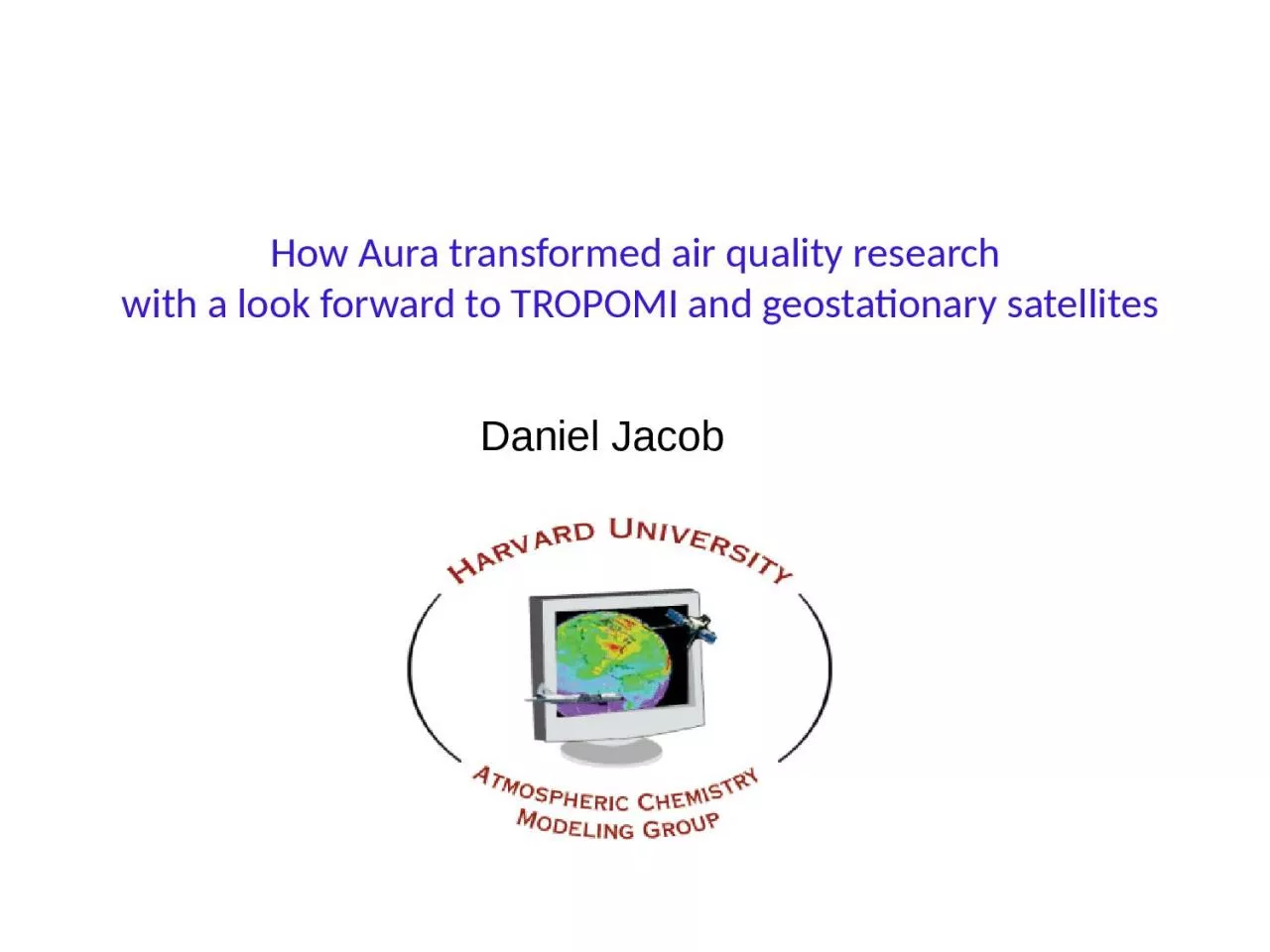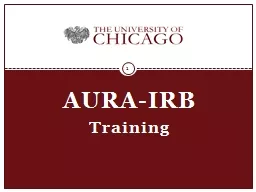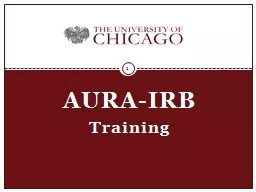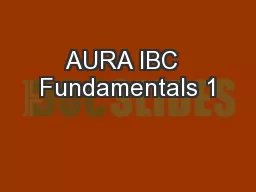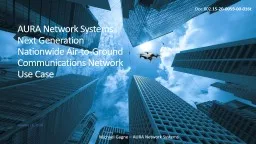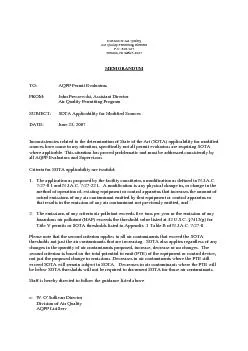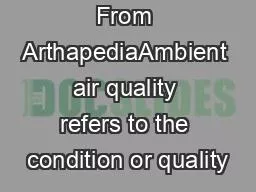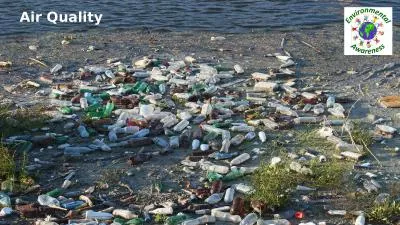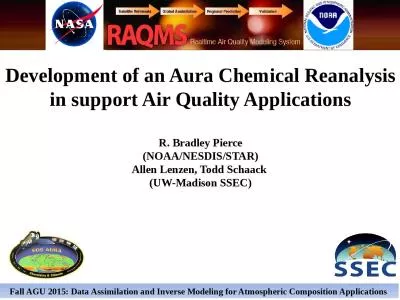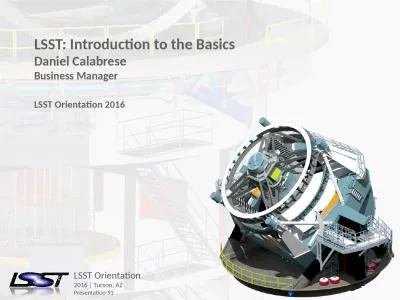PPT-How Aura transformed air quality research
Author : emery | Published Date : 2024-03-15
with a look forward to TROPOMI and geostationary satellites Daniel Jacob I couldnt say it better 7 httpsauragsfcnasagovsciencefeature20160428html TES first direct
Presentation Embed Code
Download Presentation
Download Presentation The PPT/PDF document "How Aura transformed air quality researc..." is the property of its rightful owner. Permission is granted to download and print the materials on this website for personal, non-commercial use only, and to display it on your personal computer provided you do not modify the materials and that you retain all copyright notices contained in the materials. By downloading content from our website, you accept the terms of this agreement.
How Aura transformed air quality research: Transcript
Download Rules Of Document
"How Aura transformed air quality research"The content belongs to its owner. You may download and print it for personal use, without modification, and keep all copyright notices. By downloading, you agree to these terms.
Related Documents

